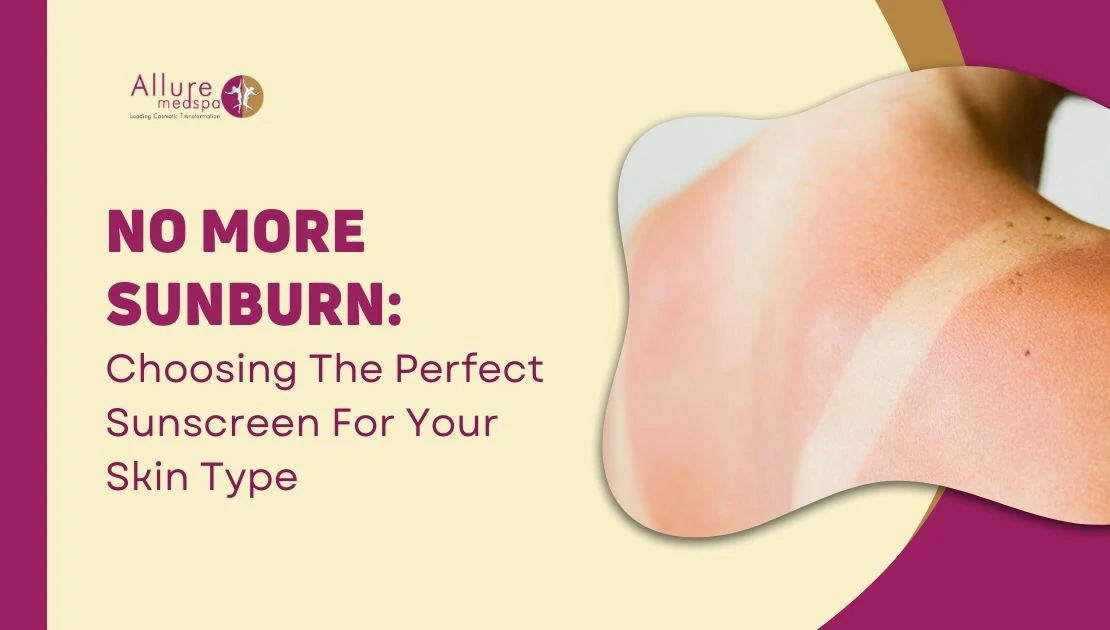Sunscreen 101: Why You Need It, How to Choose It, and How to Apply It Correctly
SPF, PA ratings, “broad-spectrum,” water-resistant… it’s a lot. Use this dermatologist-style guide to pick the right sunscreen for your skin type—and apply it the right way.On this page
- 1. Why Do You Need Sunscreen?
- 2. Types of Sunscreens
- 3. How to Choose Sunscreen According to Your Skin Type
- 4. How to Apply Sunscreen Correctly
- 5. Conclusion
- 6. Frequently Asked Questions (FAQs)
1. Why Do You Need Sunscreen?
Ultraviolet (UV) radiation accelerates sunburn, premature ageing (fine lines, wrinkles), hyperpigmentation, and raises skin cancer risk. A daily broad-spectrum sunscreen is your most reliable external protection.
2. Types of Sunscreens
2.1 Physical (Mineral) Sunscreen
- Active filters: zinc oxide, titanium dioxide.
- Work by scattering/reflecting and also absorbing some UV; protection starts immediately.
- Great for sensitive/rosacea-prone skin and kids; less likely to sting around eyes.
- Cons: can leave a white cast (tinted versions help), thicker textures.
2.2 Chemical Sunscreen
- Filters (vary by region): e.g., avobenzone, octocrylene, oxybenzone, newer filters like Tinosorb, Uvinul.
- Absorb UV and convert it to a tiny amount of heat; usually lighter and more cosmetic-friendly.
- May sting eyes on some users; apply carefully around eye area or choose mineral there.
- Apply 15 minutes before sun exposure for best performance.
2.3 Hybrid Sunscreens
- Mix mineral + chemical filters to balance elegance, white cast, and sensitivity.
3. How to Choose Sunscreen According to Your Skin Type
3.1 Understanding SPF
SPF rates UVB protection (burning rays): SPF 15 ≈ 93%, SPF 30 ≈ 97%, SPF 50 ≈ 98%. Most dermatology groups recommend SPF 30 or higher for daily use.
3.2 PA (UVA) Rating
PA indicates UVA protection (ageing/tanning rays): PA+ (some), PA++ (moderate), PA+++ (high), PA++++ (very high).
3.3 Broad-Spectrum Protection
Always choose broad-spectrum coverage: both UVA and UVB.
3.4 Match to Your Skin Type
- Dry skin: Creams with ceramides, hyaluronic acid, squalane.
- Oily/acne-prone: Gel or water-based, non-comedogenic, matte finishes.
- Sensitive: Prefer mineral filters; fragrance-free, alcohol-free.
- Hyperpigmentation/melasma: Consider tinted sunscreens with iron oxides for visible-light protection.
- Outdoor sport/swimming: “Water-resistant 40 or 80 minutes” labelled products.
3.5 Different Formulations
- Gels/fluids: Best for oily skin & humid climates.
- Creams: Best for dry or mature skin, cold climates.
- Sprays: Convenient—spray generously and rub in for even coverage.
- Sticks: Great for reapplication (ears, around eyes, nose bridge).
- Lotions: Versatile, easy to spread on body.
4. How to Apply Sunscreen Correctly
- Amount: For face/neck, use the two-finger rule (two full lines along index + middle finger) or ~¼ teaspoon. For the body, about a shot-glass (30 mL).
- Coverage: Don’t forget ears, eyelids (use mineral), neck, scalp/hairline, hands, and feet.
- Timing: Chemical: apply 15 minutes before sun; mineral can protect immediately.
- Reapply: Every 2 hours, and after swimming/sweating/towelling (respect 40/80-minute water-resistance labels).
- Indoors: UVA passes through windows; daily use is still helpful. Screen blue light is low for most people, but tinted sunscreens may help those prone to melasma/post-inflammatory pigment.
- Makeup: Reapply with sticks, powders, or gentle sunscreen mists—ensure enough product to reach proper coverage.
- Checks: Mind the expiration date and store away from heat.
5. Conclusion
The “best” sunscreen is the one you’ll use liberally and reapply. Match filters and textures to your skin type, aim for SPF 30+ with PA+++ or higher, and keep it broad-spectrum. Consistency wins.
6. Frequently Asked Questions (FAQs)
Q1. Can I skip sunscreen on cloudy days?
Ans. No—up to most UV still penetrates clouds. Wear sunscreen daily.
Q2. Should I apply sunscreen before or after moisturizer?
Ans. Apply moisturizer first, then sunscreen, then makeup.
Q3. How much sunscreen should I use?
Ans. Two full finger lengths for face/neck (~¼ tsp) and about a shot-glass for the body.
Q4. Is sunscreen necessary indoors?
Ans. Yes—UVA comes through windows. Screen blue-light exposure is low for most, but tinted sunscreens can help melasma-prone skin.
Q5. Can I use body sunscreen on my face?
Ans. Prefer face-specific formulas (lighter, less pore-clogging, eye-friendly). Some body formulas can be too heavy for facial skin.



